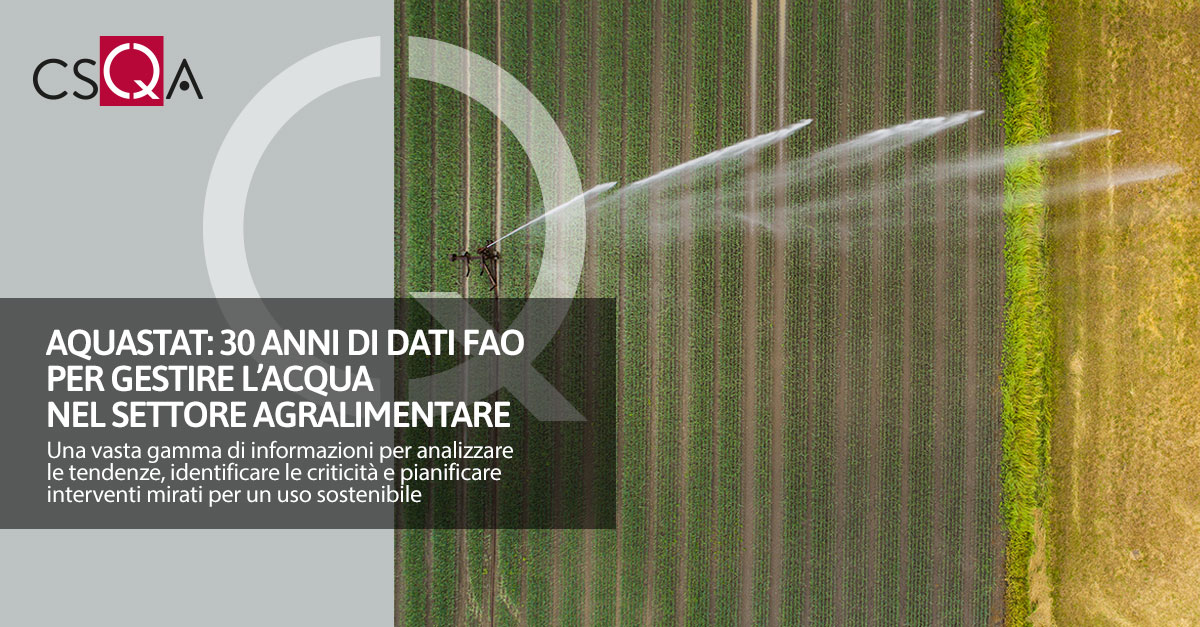 For three decades, AquaStat , FAO's Global Information System on Water and Agriculture , has been a fundamental tool for monitoring and managing water resources , with particular attention to the agriculture and food sectors.
For three decades, AquaStat , FAO's Global Information System on Water and Agriculture , has been a fundamental tool for monitoring and managing water resources , with particular attention to the agriculture and food sectors.In a global context characterized by climate change, with increasingly frequent and intense drought periods, the role of AquaStat becomes even more crucial.
The ability to predict and manage water crises is essential to ensure food security and sustainability of the agricultural and livestock sector.
AquaStat offers a wide range of information , ranging from a country's renewable water resources to water withdrawals for agricultural, industrial and domestic use: this mass of data allows us to analyse trends, identify critical issues and plan targeted interventions for sustainable water use.
The production of feed , an essential element for animal nutrition, requires large quantities of water for the cultivation of raw materials, such as cereals and fodder. Similarly, livestock farms need water for watering animals, cleaning structures and managing waste: FAO recalls that understanding the impact of these activities on water resources is essential to adopt more efficient production practices and reduce waste.
AquaStat allows, for example, to compare the efficiency of water use between different types of livestock farming or irrigation systems used for the cultivation of feed.
These data can guide industry operators towards more sustainable choices, such as the adoption of drip irrigation techniques or the optimized management of livestock waste to reduce the risk of groundwater pollution.
Furthermore, AquaStat provides valuable information for planning at the territorial level .
The availability of accurate data on water resources allows us to evaluate the capacity of a territory to support certain agricultural and livestock activities, thus avoiding phenomena of overexploitation and conflicts for access to water. (Source: https://www.mangimiealimenti.it/ )